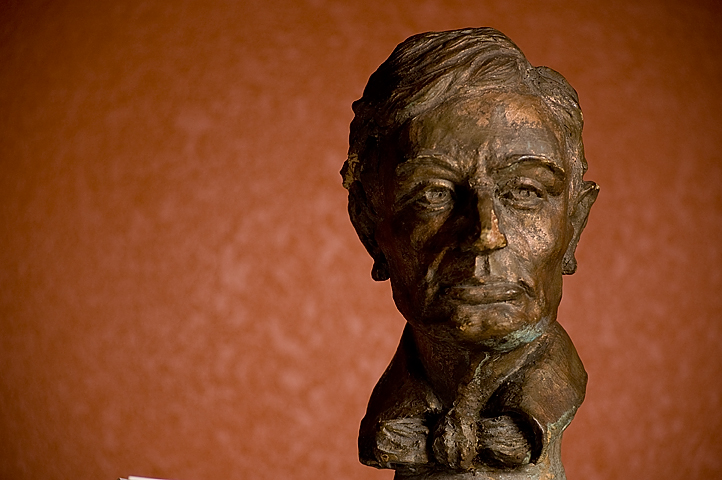Another in the continuing saga of Strobist Lighting 102. The assignment was to use a single flash combined with some other light modifier to make it appear as if there is more than one light source. You had your choice of three concepts: financial planning, going green or physical fitness. I chose the going green concept.
My first thought was to shoot our recycling bin and its associated contents. I first turned over the bin on the coffee table and tried putting the flash behind it for some backlighting and a huge mirror on the opposite side to reflect some light on the front of the trash. I got some nice glow through the back of the bin and the reflected light from the front worked pretty well, but the edges were ugly. Walls and couches and clocks showed around the edges of the bin. Light from the flash spilled around the edges, too. Snooting the flash didn’t allow enough reflected light from the front.
I abandoned my first plan and just shot a pile of stuff piled on the table with the flash fired into a silver umbrella and a reflector on the opposite side to reflect. I used the mirror in some shots and a piece of white cardboard in others as the reflector. That kept the light from spilling on other living room objects so the background went pretty well black, though there was a little spill on a white pillow on camera right. I was too lazy to get up and move the pillow. I think the shot you see here is one with the white cardboard. I figure the shot could be used to illustrate the concept of what’s acceptable to recycle.







